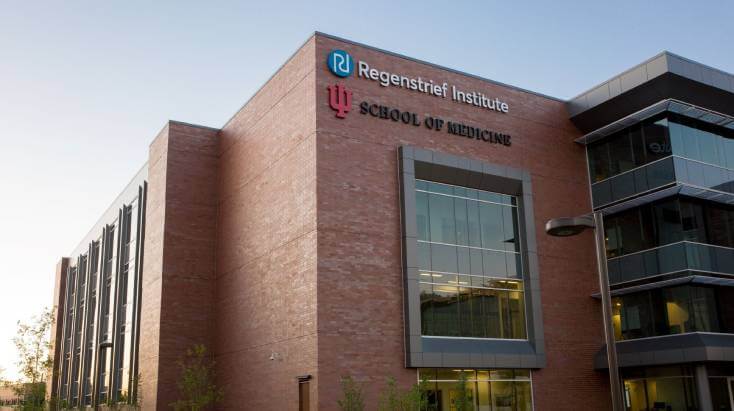Published in the JAMA Network Open. Here is a link to the article.
Regenstrief Institute authors: Thomas Imperiale, M.D.
This study examines the relationship between the anatomical location of postcolonoscopy colorectal cancers (PCCRCs) and patient mortality outcomes within the Veterans Health Administration (VHA) system. PCCRCs are cancers identified 6 to 36 months after a colonoscopy that failed to detect malignancy, and they are a key quality indicator of colonoscopy performance. While PCCRCs are commonly associated with the proximal colon, recent evidence highlights a notable incidence in the rectum—a region with distinct biological behavior and a tendency for local invasion.
Using VHA-Medicare data from 2003 to 2013, researchers identified 5,248 cases of rectal cancer and compared all-cause mortality (ACM) and cancer-specific mortality (CSM) between rectal PCCRCs and cancers detected within six months of colonoscopy (DCRC). Advanced statistical analyses, including Cox proportional hazards models, revealed no significant differences in ACM or CSM between rectal PCCRCs and rectal DCRCs. Similar comparisons between rectal and right colon PCCRCs yielded no statistically meaningful differences. A modest but statistically significant mortality difference was found when comparing rectal DCRCs to right colon DCRCs.
The findings suggest that rectal location and the PCCRC classification do not substantially impact mortality outcomes. However, limitations such as missing data on patient health factors and potential underreporting of non-VHA colonoscopies warrant cautious interpretation. This study reinforces the need for thorough inspection of the rectum during colonoscopy, as it remains a common site for missed cancers. Further investigation is recommended to understand contributing factors and improve detection strategies.
Authors:
Charles J. Kahi, MD, MSc1,2,3; Laura J. Myers, PhD2,3,5; Patrick O. Monahan, PhD4; Barry C. Barker, MA3; Timothy E. Stump, MA3,4; Thomas F. Imperiale, MD1,2,3,5
Affiliations:
The Latest
Subscribe
Get the latest Regenstrief news and events.









